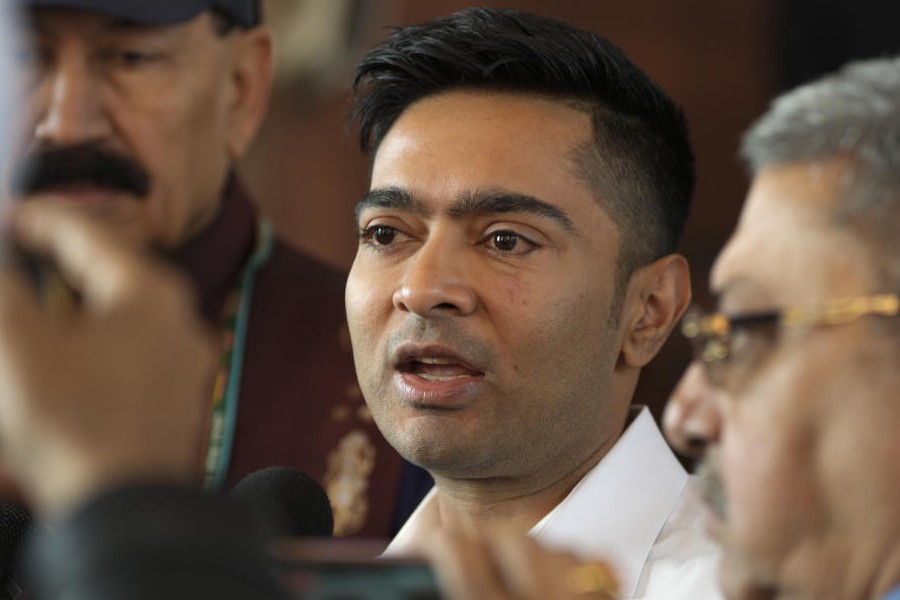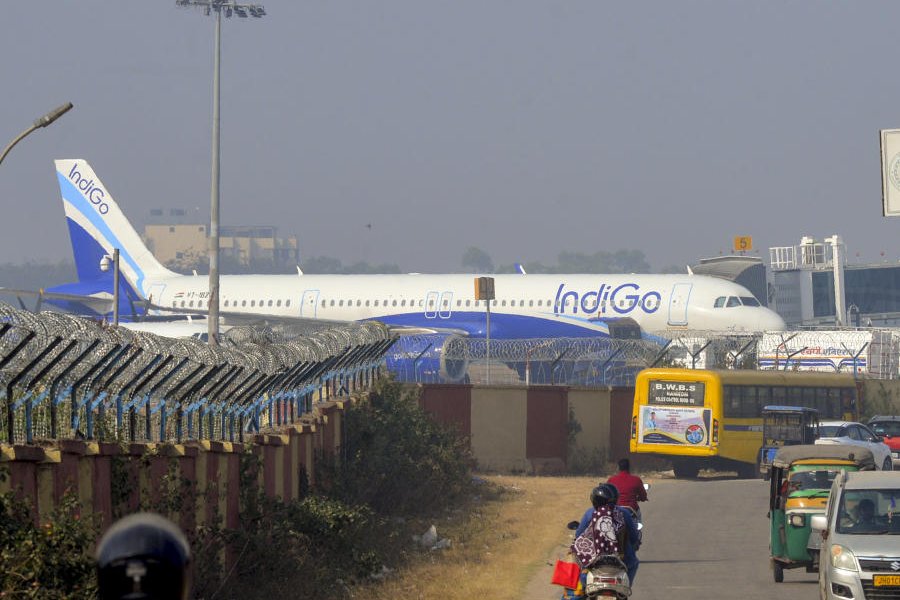The irony of the debate on reservations in India is that for every 100 jobs available in the market, only 2 are government jobs. That number too has been steadily shrinking. But interest in these sarkari jobs remains as high as ever. Despite the minuscule nature of this employment pie, questions on how to divide it up have generated episodic acrimony.
The latest to add fuel to this fire has been the judgment of the Supreme Court upholding the principled validity of a preference given to Balmikis and Mazhabi Sikhs, two specific scheduled castes, in 50% of the total seats reserved for all scheduled castes in Punjab. Similar sub-reservations were made in Haryana and Tamil Nadu (for specific, particularly backward, scheduled castes).
Legally, this means that the Supreme Court has now sanctioned sub-classification amongst scheduled castes, allowing governments to pick and choose which castes to give preference even within quota seats. Practically, this means that if there are 2 reserved seats for government jobs in Punjab, in 1 of these seats, preference will be given to Mazhabi Sikhs or Balmiki candidates before other scheduled castes. Given the shrinking pie of government jobs, the marginal effect of such a preference is likely to be minimal. On the contrary, its political impact is likely to be significant, opening up the possibility of re-engineering Dalit votes.
In terms of principle, the judgment of the Supreme Court in allowing governments to sub-classify amongst scheduled castes is correct. In the precursor to this case in 2020, I had written in this column as to how, to anyone familiar with the operation of the caste system, any question of homogeneity within scheduled castes would appear to be a “nonsensical question”. The judgment of the Chief Justice of India has pointed out with specific examples the differences in standing among various castes within the scheduled castes in terms of the sanction to inter-marry, to share the same well for drawing water as well as perform the same occupational tasks. Considering all scheduled castes alike for the purpose of reservation turned a blind eye to these differences in backwardness.
It also turned a blind eye to differences in representation in government services. A key thrust for this demand for sub-classification came from a movement of Madigas, a scheduled caste in Andhra Pradesh, which pointed out a salient fact — scheduled caste quotas in jobs in Andhra Pradesh were being cornered by the dominant Malas. As Anup Surendranath verified through his research, Malas, with a population share of 40%, had 60% of all government jobs reserved for scheduled castes (as of 1997) whereas Madigas and Rellis, two other groups, were significantly under-represented. Sub-classification presents a powerful policy tool to ensure greater parity in representation for Madigas, Rellis and other similarly under-represented scheduled castes in government jobs. The court was right to have upheld it.
While recognising these inequities among scheduled castes, Anand Teltumbde, writing in Scroll, has criticised the judgment, stating that it will lead to the “fragmentation of Dalit identity”. He argues that their differences aside, all Dalits are homogeneous in one fundamental way: they were all hitherto untouchable castes.
Teltumbde is right in his assessment of how this judgment could shape Dalit identity but has his logic the wrong way around. The fragmentation of the Dalit identity is not a possibility because of the judgment — the judgment was made possible by the pre-existing fragmentation of the Dalit identity in accessing reservation benefits. This fragmentation is already fundamentally shaping Dalit politics. With the judgment, the cart has merely followed the horse.
But it is Teltumbde’s point about untouchability that strikes at the root of the interplay between caste reservations and the Constitution. He is no doubt right that all scheduled castes are deemed so because of their status as untouchables in caste Hindu society. But when it comes to reservations, their basis for accessing benefits is not their status but rather their degree of backwardness. Both in government jobs and educational institutions, preference in Article 16(4) and 15(4) of the Constitution is explicitly given to “backward classes”. Untouchability may be the moral (immoral) basis for reservations; but backwardness is its legal trigger.
Teltumbde’s focus on untouchability reveals a much deeper tension. In independent India, the focus of both Dalit activism and emancipatory politics has been dominated by the arithmetic of reservations. The societal phenomenon of untouchability has sought to be tackled by material prosperity that reservations in jobs and educational institutions brings. This is a perfectly rational policy response. But over time, with multiple judgments of the Supreme Court, reservations have become a technical question of legality and constitutionality rather than a civilisational question of dignity and reparation. The latest judicial sanction to a further divvying up of the reservation pie, in the context of ever-shrinking number of government jobs and limited seats in educational institutions, is a reminder of how limiting this entire narrative is.
Reservations are a necessary tool in India’s social policy toolkit to ameliorate caste discrimination. But it is short-sighted to disagree over how to divide the crumbs that reservation affords without questioning why the State is retreating from public life in a manner that is leading to the pie (and the crumbs) constantly shrinking in size. It is time for the debate on reservations to explicitly call out the diminishing State and its slow but sure takeover by private capital.
Equally, as M.K. Gandhi presciently realised, material prosperity through reservations may be necessary but will never be sufficient for hitherto untouchable castes to find pride of place in society. Real uplift of scheduled castes will happen when society recognises the inherent dignity of each caste irrespective of its occupational status or historic disadvantage. That cannot happen only through material uplift. Neither can that happen, as the dissenting judgment in the Supreme Court appears to suggest, by wishing away differences in caste and creating artificially homogeneous categories. It will happen when each caste with its own customs, rituals, practices, is recognised for what it is, no matter how different or abhorrent such practices might appear to someone else. This is not an equality question; it is a dignity question all the way down. The way towards a society that does not discriminate on the basis of caste is not by equalising castes but rather by ensuring dignity for each of them. This is a question that is well outside and above the remit of a constitutional court. It depends on each one of us.
Arghya Sengupta is Research Director, Vidhi Centre for Legal Policy. Views are personal











